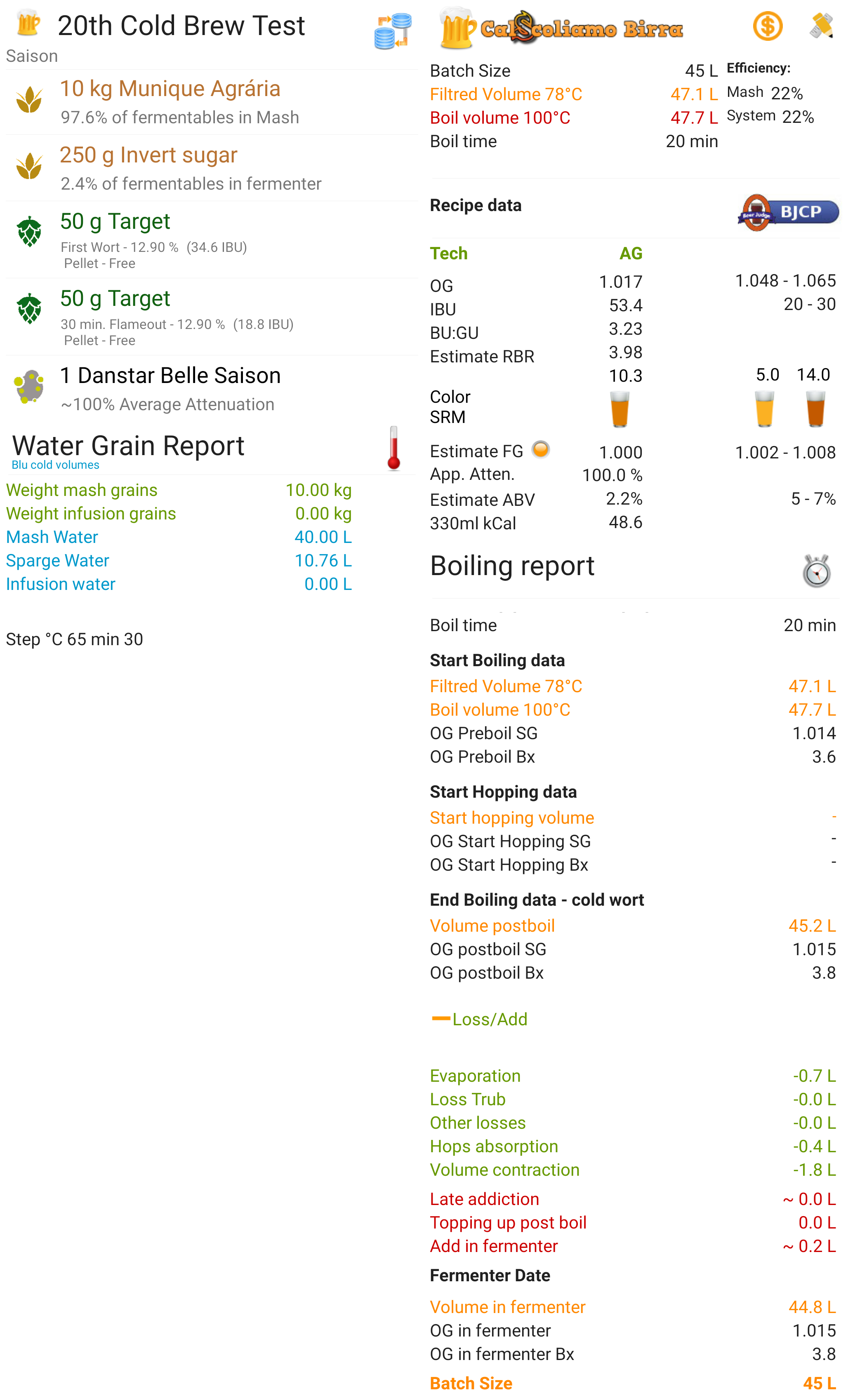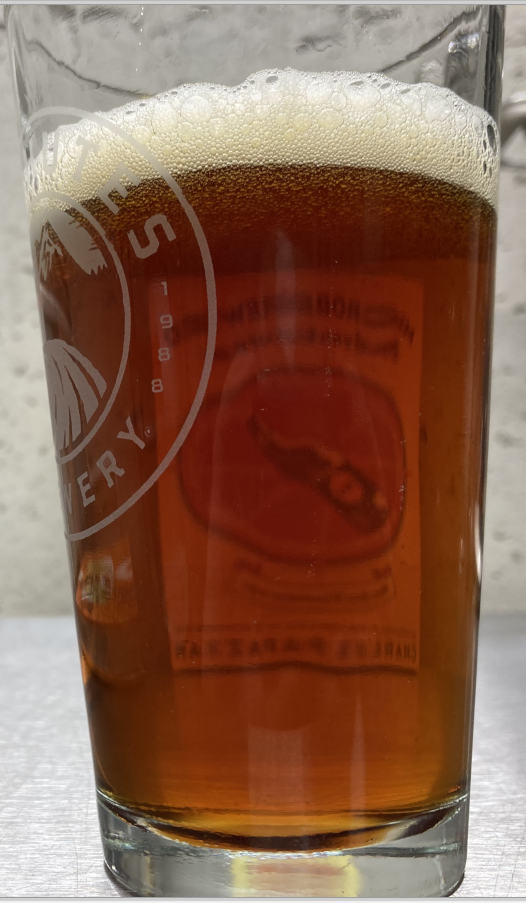brewbama
Well-Known Member
- Joined
- Sep 20, 2013
- Messages
- 3,737
- Reaction score
- 2,499
I also try to brew Low(er) O2. I won’t say I’m full blown LoDo but I do take steps in an effort. …but my goal is low carb in this beer so I had to make a cpl sacrifices.
My OG into the fermenter is 1.027 — a bit higher than I anticipated. Of course it depends on how low the 34/70 slurry takes it to FG, but I am planning on ~3% ABV ~5.5 carb beer. By contrast this same grain bill would be ~4.5% ABV and ~11 carbs Using my Low(er) O2 processes.
I have some ideas on how to take it lower carb next time. Not so much base malt and more specialty grain will probably be a start depending on the body of this beer.
My OG into the fermenter is 1.027 — a bit higher than I anticipated. Of course it depends on how low the 34/70 slurry takes it to FG, but I am planning on ~3% ABV ~5.5 carb beer. By contrast this same grain bill would be ~4.5% ABV and ~11 carbs Using my Low(er) O2 processes.
I have some ideas on how to take it lower carb next time. Not so much base malt and more specialty grain will probably be a start depending on the body of this beer.







